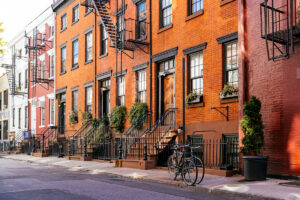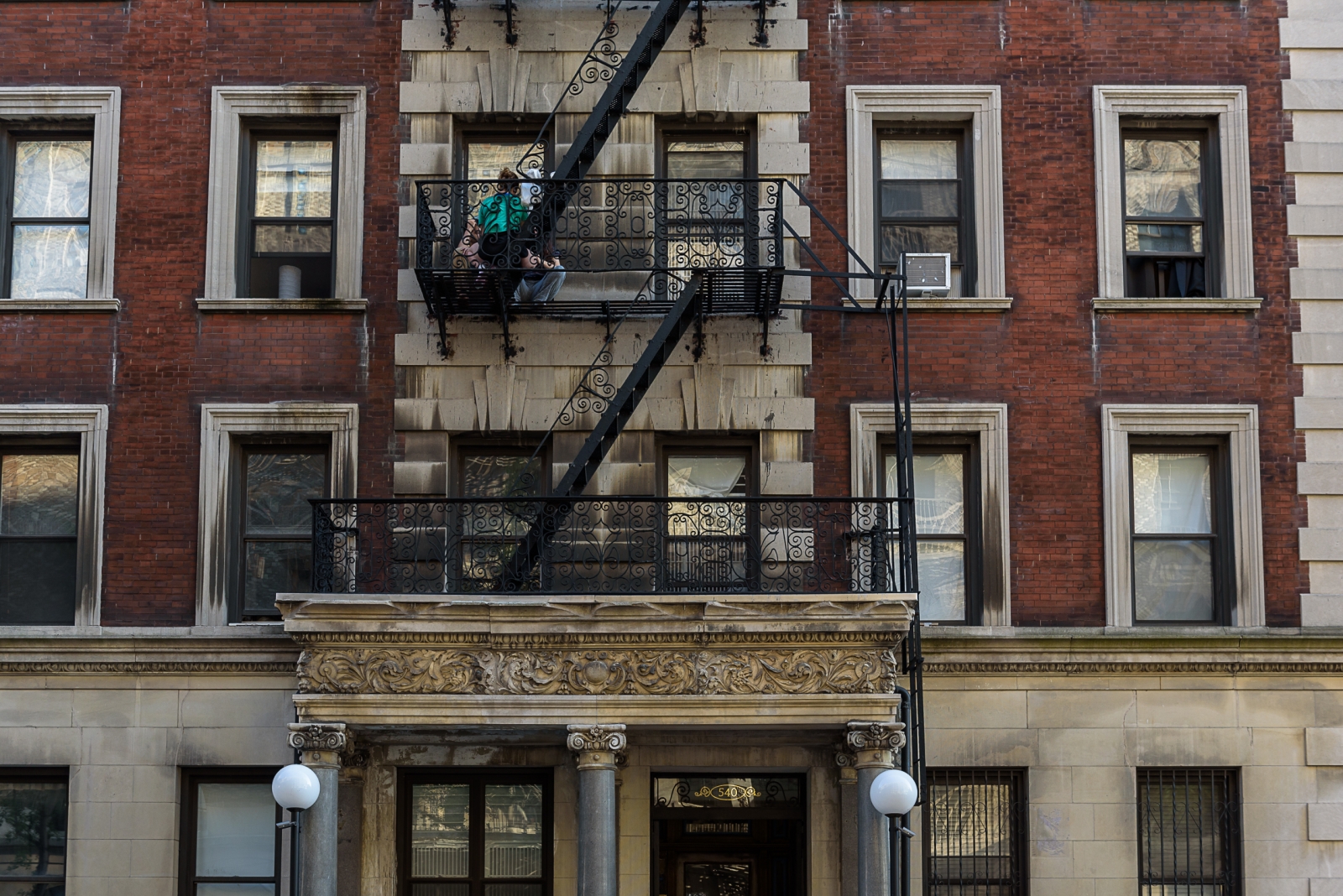
Buying in an old building in NYC often makes sense. But there are issues to look out for.
The breadth of housing stock in New York City makes the market an exciting, if challenging, place to buy — especially if you are new to the city or the process. If you value historic features like exposed brick and beams, you may consider buying in an old building in NYC. But while older buildings do come with lots of character, they can also come with headaches. When considering buying an apartment in an older building, here are seven major problems to look out for.
1. Renovations
One of the biggest challenges with older buildings is that the electric wiring, plumbing and structural walls were built in ways that make them difficult to modify. You may come into an older building hoping to renovate, only to realize the physical constraints and age of the building prevent you from doing so. While throwing money at the issue can solve the problem — hiring an electrical engineer or an architect may be all that you need — a bigger budget won’t solve everything. For starters, the city’s Landmarks Preservation Commission places restrictions on certain updates. Additionally, not all structural issues in old buildings have feasible solutions.
Not all older buildings have these challenges, but many do. If you plan to do involved renovation work, ask your neighbors for advice. They will likely know the building’s rules and have suggestions on best practices.
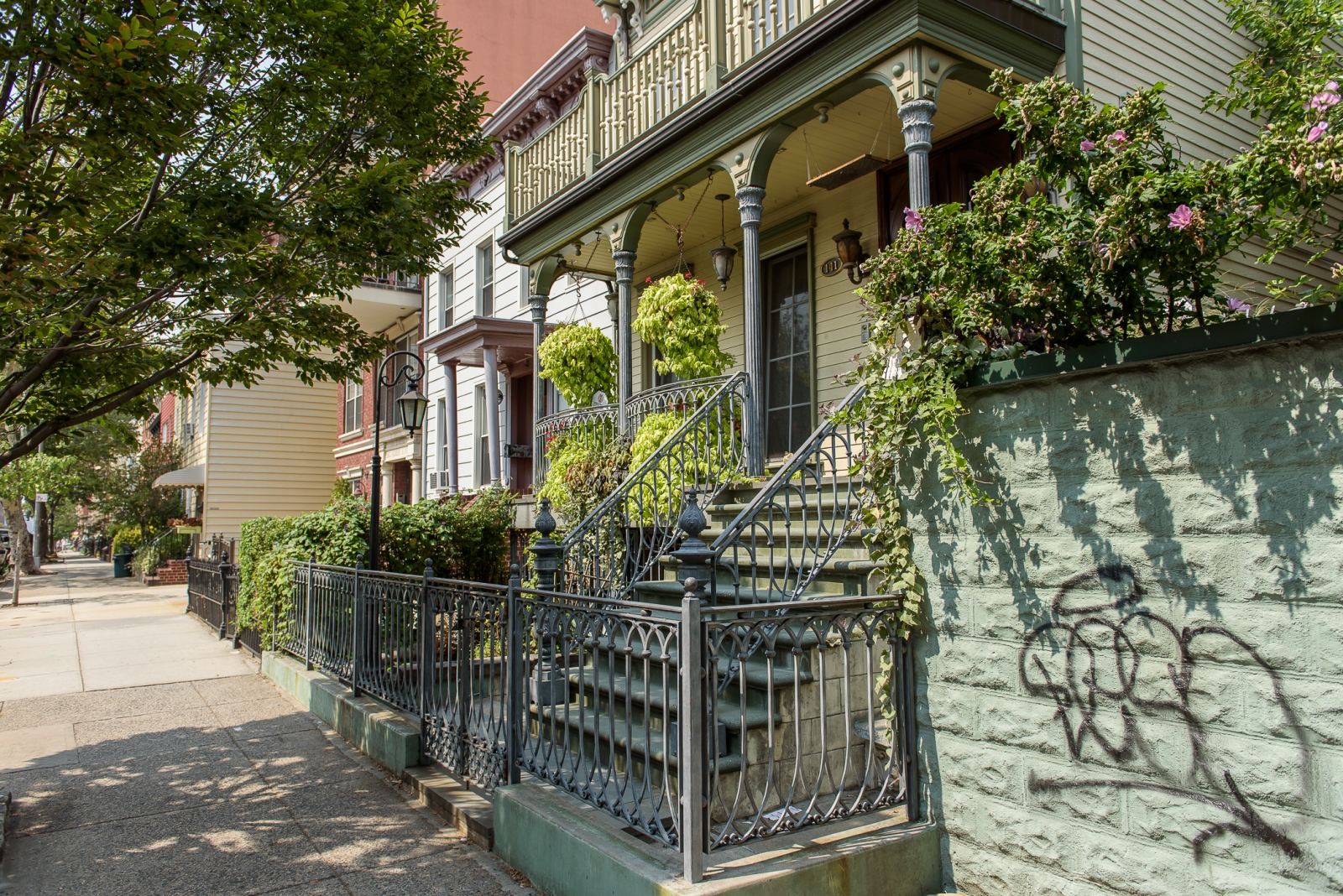
2. Structural Challenges
Every building in New York City, old and new, will encounter structural challenges. In general, however, older buildings tend to require more TLC, because they may have numerous aging elements that are difficult to replace without disrupting the entire building. For instance, old plumbing, heating, roofing and structural walls need to be consistently evaluated and fixed up. Often, when these issues arise, a building’s reserve budget will be used to make necessary fixes. If money isn’t available, there will be an assessment. Again, it’s important to note that new buildings have many issues that also require assessments.
3. Roofs
One of the most common roofing issues is related to water infiltration. Roofs generally have a warrantied lifespan, but as that time nears its end, it is common to have leaks. Leaks can either be fixed up through localized repairs, or they may require an entire roof replacement. Additionally, if a roof is misused and the building doesn’t take necessary precautions to limit weight loads and materials allowed on the the surface of the roof, it may cause damage that leads to leaks. Some buildings have roofs that are totally off-limits to residents because they are not set-up to allow foot traffic without the risk of damage. Roof repairs, when localized, may require a simple several-thousand-dollar fix. However, when an entire roof needs to be replaced, it can cost hundreds of thousands of dollars, depending on the size.
4. Plumbing
While a clogged toilet might be the first thing that comes to mind when considering plumbing issues, that’s just the tip of the iceberg — and a relatively easy thing to fix. Leaking, corroded pipes, water pressure issues, and water distribution issues are much more involved problems. Sometimes they can be isolated to individual apartments, but they could impact an entire building line or even the entire building. Since a building’s pipes are often behind walls or below floorboards, getting to the source of the problem often requires opening up walls or breaking through the floor. With that said, costs will vary depending on the size and scope of the problem. Similar to roofing issues, this may be a several-thousand-dollar quick fix or it may cost hundreds of thousands.
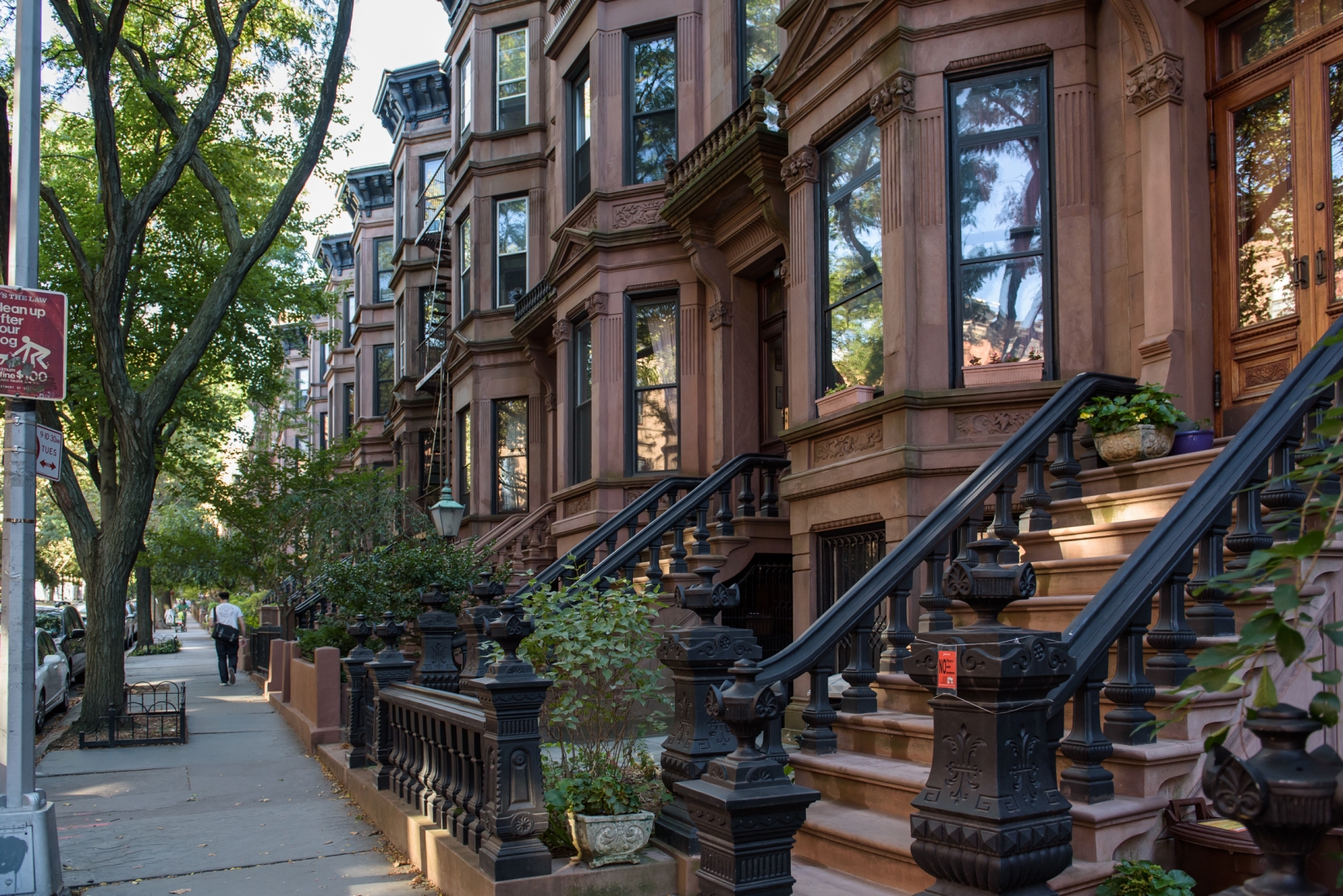
5. Facades
Facades are a core structural element to every building. They need to be thoroughly inspected by engineers, and there is actually a law in place (Local Law 11), which mandates that this take place every five years for buildings more than six stories tall.
If an inspector finds your building’s facade in need of repair, don’t be too alarmed. Facade repairs are quite common. Essentially, an engineer will make a determination based on visual inspection where structural repairs need to be made, and then you as the building owner or the building’s management company will hire contractors to do the work. Repairs may be as simple as replacing several bricks or may be as extensive as rebuilding entire walls. The cost and scope of the project will vary.
6. Elevators
Despite annual mandated inspections, elevator issues plague buildings of all sizes. Sometimes they get stuck, sometimes they stop working altogether, other times they grind against the shaft. While some larger buildings may have an elevator repair company on retainer who will come out and address the problem immediately, smaller buildings may not, which can make an outage — especially if there is only one elevator — a real pain.
Some issues can be resolved with simple maintenance or part replacement, while others may call for more involved repairs. In very old buildings, the entire elevator may need to be replaced, which is both expensive and time-consuming. Typically the height of the building will impact the cost of the service.
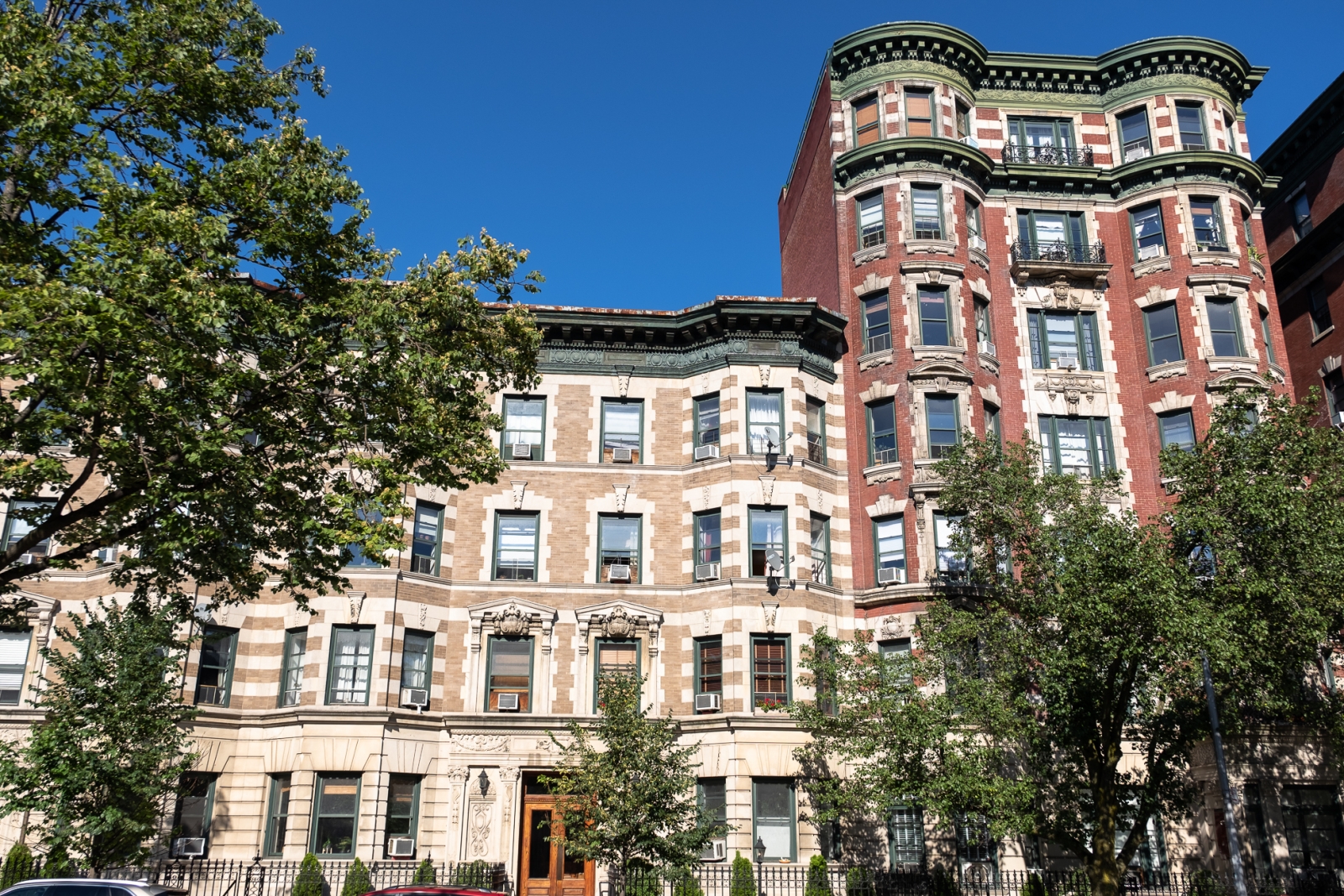
7. Boilers
Boilers are essential for ensuring buildings have a steady stream of hot water, and in some instances they may also be responsible for providing the building with steam heat as well. When a boiler has maintenance issues it can be disastrous, depriving residents of the ability to shower, and in the winter possibly leaving residents without heat. Boilers also require a mandated inspection by the Department of Buildings. Some buildings may also choose to replace less-efficient boilers, knowing that in the long term, the savings will offset the cost of replacement. Material and labor costs for boiler replacement generally total less than $100,000.
Who Pays for These Fixes and Upgrades?
Building owners will need to pay for the costs associated with these fixes and upgrades. Ideally, the building’s reserves will be able to cover much of the fees, but in some instances, residents will need to pay an assessment. Assessments will be based on the percentage of ownership of each owner, as well as the overall sum of money that needs to be raised.
Should You Buy a New Condo Instead?
It would be nice to think that you can avoid all issues by simply buying a new condo. However, experience shows that whether old or new, all buildings have imperfections. These need to be appropriately managed. New condos sound perfect in theory, but they don’t guarantee that there won’t be major issues. Instead, consider the plus side of older buildings. They’ve stood their ground for decades, and are already broken in. The choice of whether you buy into an older building or a new condo should ultimately be based on your personal preference and budget.
—
Hey, why not like StreetEasy on Facebook and follow @streeteasy on Instagram?





